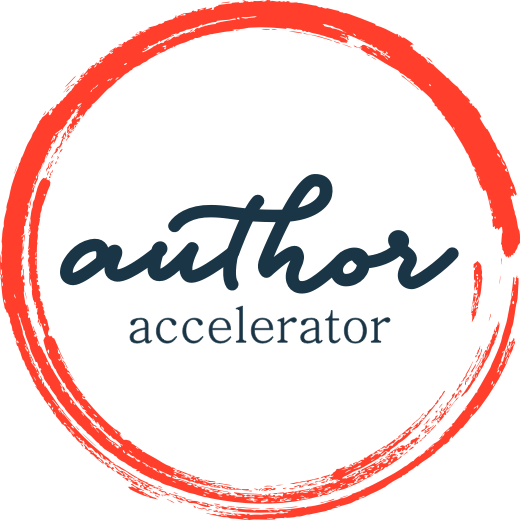What We Mean When We Talk About a Big Book
I just wrapped up recording my third #AmWriting podcast summer takeover with KJ Dell’Antonia. This series is going to be on how to choose a book idea—how to pick among all the ideas, how to know if it’s a good one, and how to commit to it (and let the others go) once you decide. It was a fantastic topic, which took us in many interesting directions. We landed on doing a mini series about ideas because we were both dealing very directly with them, albeit in different ways.
KJ shifted gears for her third novel, Playing the Witch Card (which is now available for pre-order and is SO much witchy fun–it’s Gilmore Girls meets Practical Magic) and she was debating on which idea to write for her fourth. I was in the midst of writing Blueprint for a Memoir, which is all about ideas—shaping them, understanding them, pinning them to the page.
Our conversation at one point became about the difference between a small book and a big book. What we meant by that was something very particular—which I will talk about in a moment.
While in the midst of recording these podcasts, someone else mentioned the idea of a big book to me—and meant something totally different.
I decided to try to capture what we mean when we talk about big books.
A Big Book Is One That Gets a Big Advance
Michelle Obama’s Becoming was a big book because people paid her some big bucks to write it. The publisher is going to put all their marketing muscle behind it because they expect it to sell a lot of copies and make those big bucks (and more!) back. It’s big because it’s big business.
In publishing, these are often the books that come out in October for the big holiday book-buying season. They’re the ones on the “highly anticipated” lists before they are published and the best-seller and “must-read” lists after they are published.
A Big Book Is an Ambitious Book
When Ron Chernow set out to write a biography of Alexander Hamilton or Susain Cain set out to write a book about being an introvert in a noisy world, they were dealing with big ideas—meaning ideas that are complex, comprehensive, intellectual, potentially of interest to a lot of readers around the globe.
These are considered big books because their topics are big and the approach the author is taking is big.
A Big Book Is One That Makes a Big Impact
Siddartha Mukherjee’s The Emperor of All Maladies: A Biography of Cancer won the Pulitzer Prize, inspired Ken Burns to do a documentary series, and is widely considered to be the definitive book about cancer. Doctors read it, medical students read it, patients and advocates read it, and people interested in science and life and death and disease read it. It made a big impact and is therefore now considered to be a big book.
Another doctor—Abraham Verghese—wrote a new novel called The Covenant of Water. Oprah chose it for her 101st book club pick, it’s selling like hotcakes, it’s getting amazing critical reviews, and it’s also now known as a big book.
Both these books may have also met the criteria for #1 and #2. Sometimes they overlap.
A Big Book Is One That Has Been Shaped and Crafted
This is what KJ and I were talking about. It’s what happens at the idea generation stage, in any genre. A book coach or agent or editor might say to a writer, “Think bigger!” or “Go bigger!”
We say this because writers have a tendency to protect themselves from their own imagination and ambition. They may not think they can pull off the big idea in their head, or that they’re not worthy of trying. The result is that they play small.
What they write feels small, which may have to do with scope or depth or emotion or structure. There is a not-enoughness about it, which reflects the not-enoughness the writer is likely feeling.
The opposite of that is when a writer does the hard work to find the form that best fits the function of their idea. They give the idea enough room to become the best version of itself. They shape their story or idea in such as way that it becomes more resonant, and often bigger than the sum of its parts.
A Big Book Is One Where the Writer Feels They Have Stepped into Their Full Power
When we allow ourselves to fully embrace our vision for a book and give ourselves over to it, it becomes big in a very personal way.
A writer might say, “I found my voice,” or “This is the book I was always meant to write,” or even “I love my book!”
The joy a writer feels when they achieve this is, in my mind, the most satisfying part of the writing process.
You may not be able to write a book that is big according to some of these definitions. Not all of us have the global reach of Michelle Obama or the wisdom of Siddartha Mukherjee. But we can still seek to write a big book—to not shy away from our own potential and our own power.
I can't wait to share my #AmWriting summer takeover with you soon! In the meantime, you can check out the takeover KJ and I did last year, which we called the Blueprint + Butt in the Chair Challenge, by clicking here or clicking the button below.

